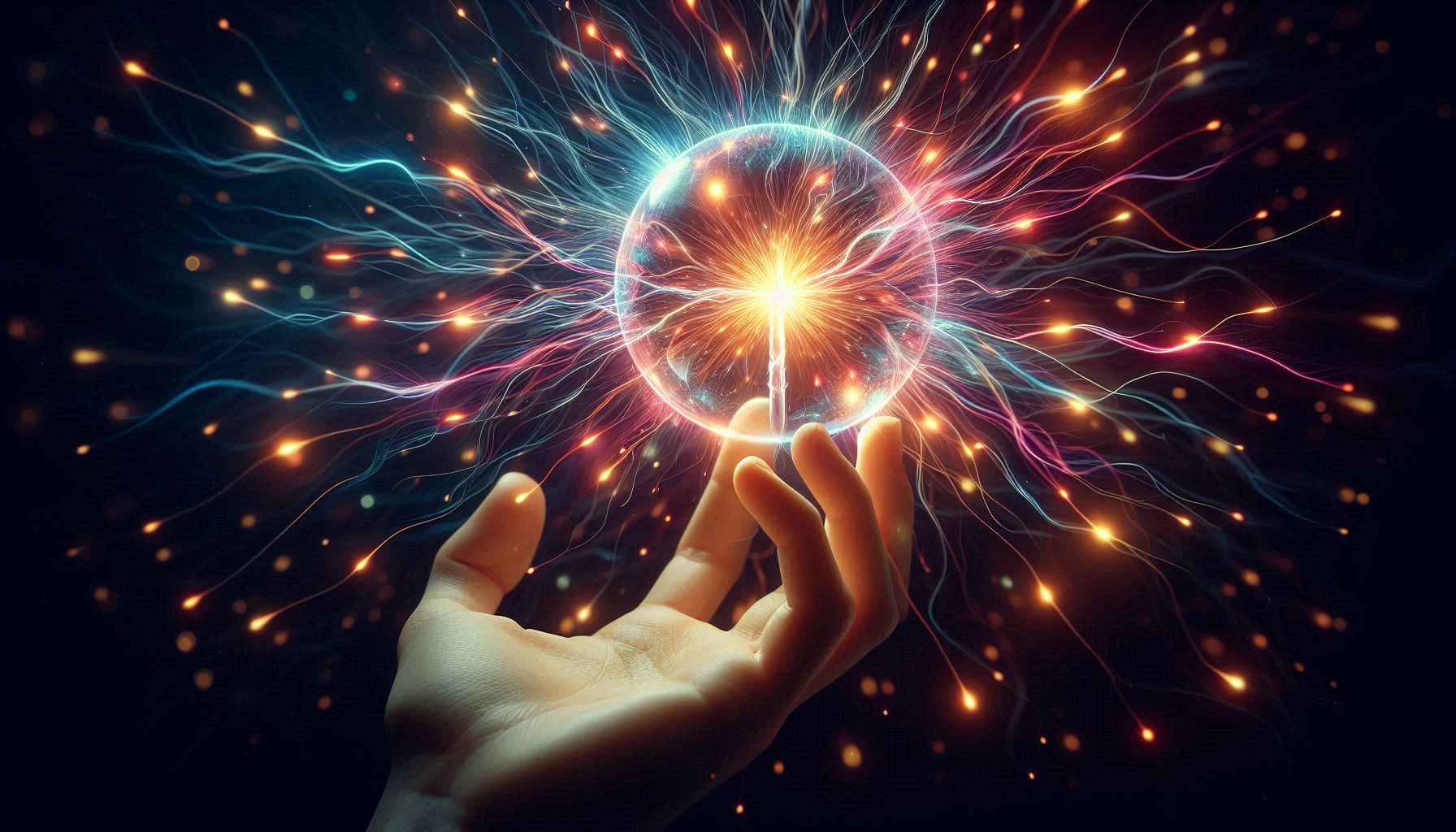Static electricity often comes up when researching lightning and friction. Static electricity is generated in everyday life, such as when stroking a cat or through the friction of clothes in winter, but it seems that there are many mysteries surrounding it. Static electricity generated by friction was discovered in ancient Greece, but it was not possible to explain the phenomenon for over 2,000 years. It was only very recently that an important discovery was made about the mechanism of its generation. It seems that friction bends small protrusions on the surface of the material, which then deforms and generates a voltage. This is called shear deformation.
https://engineer.fabcross.jp/archeive/241028_static-electricity.html
Although the current is so small that you won’t get electrocuted, the static electricity that makes the clicking noise can reach several thousand to tens of thousands of volts. It seems strange that even a little friction can generate electricity of that high voltage.
The plasma (ionized gas) generated by the high voltage of static electricity breaks down nitrogen molecules in the air and binds with oxygen, allowing plants to absorb the nitrogen. This is the same role as lightning’s nitrogen fixation. Static electricity can also stimulate the mycelium of mushrooms inside trees, switching their growth pattern to a mode that produces flowers and fruit. There are many reports of mushrooms increasing in areas a little distance from direct lightning strikes.
https://www.mirai-kougaku.jp/pictlabo/pages/210108.php
We can imagine static electricity attracting dust particles. Fine particles such as dust and pollen are electrically charged, so they are attracted by static electricity. Butterflies and bees generate positive static electricity just by flying, and seem to pick up negatively charged pollen a few cm away in the air. They attract pollen just by flying nearby. They can also tell whether other insects have visited the flower by the electric field around it. Butterflies and bees are amazing. Static electricity is amazing.
https://earthreview.net/butterflies-use-static-electricity-to-collect-pollen
Spiders seem to attract these positively charged insects with their negatively charged webs. When they get close, they are drawn to the web. Using this attractive force, the nematode jumps onto the wasp. The nematode, which has no arms, legs or wings, becomes electrically charged and jumps onto the statically charged wasp, traveling far away. It’s an incredible world. Insects are smaller in size than humans, so the impact of electric fields is greater.
https://www.natureasia.com/ja-jp/research/highlight/8549
https://www.hiroshima-u.ac.jp/news/77605
Clay minerals are negatively charged and apparently use static electricity to attract nutrients from the ground. The power of static electricity to attract is at work in a variety of places.
https://agri-biz.jp/item/detail/118?page=2
Other major sources of electrification include volcanoes, crustal movements, and dust storms. It would be interesting to discover new connections between these electrification phenomena and ecosystems. Even more significant, the moon is said to be charged with static electricity for six days before and after the full moon due to the influence of the Earth’s magnetosphere. The magnetic barrier that protects the Earth from solar wind and other factors apparently extends in the opposite direction from the sun like the tail of a comet. The moon enters the tail and becomes charged.
https://natgeo.nikkeibp.co.jp/nng/article/news/14/3436
I looked up static electricity, and it seems to be related to a wide range of genres. I feel like the mechanism of static electricity is permeating everything from the micro to the macro, with a certain necessity. Static electricity is amazing. The Earth is amazing.


